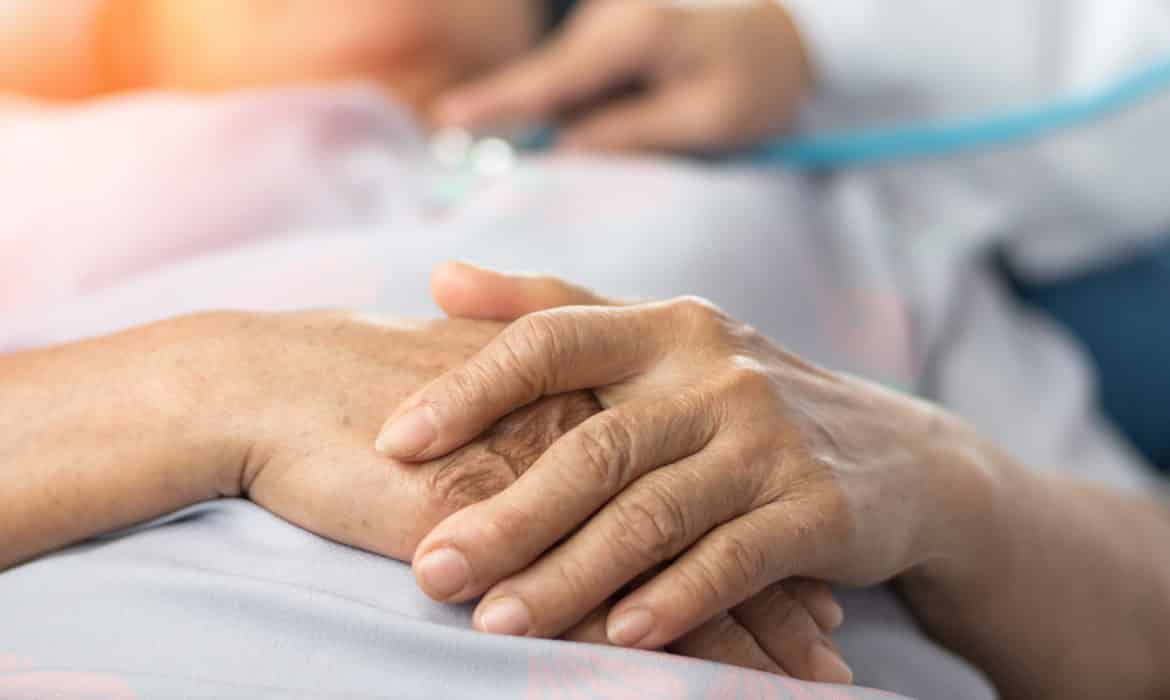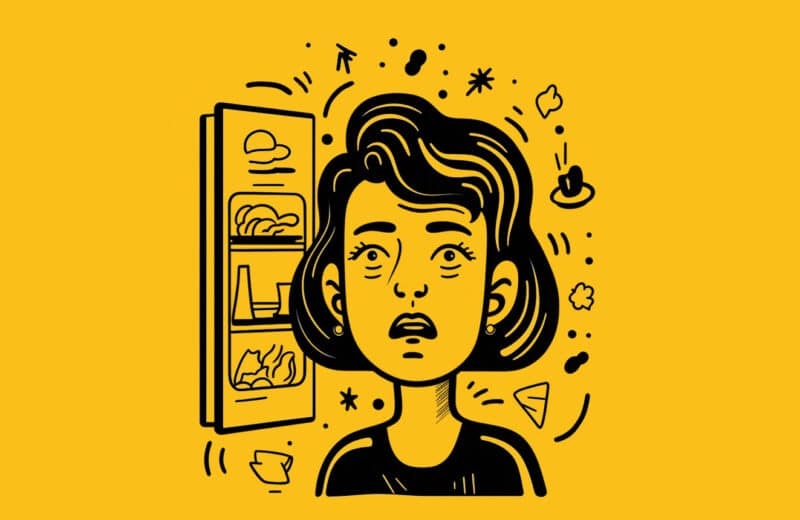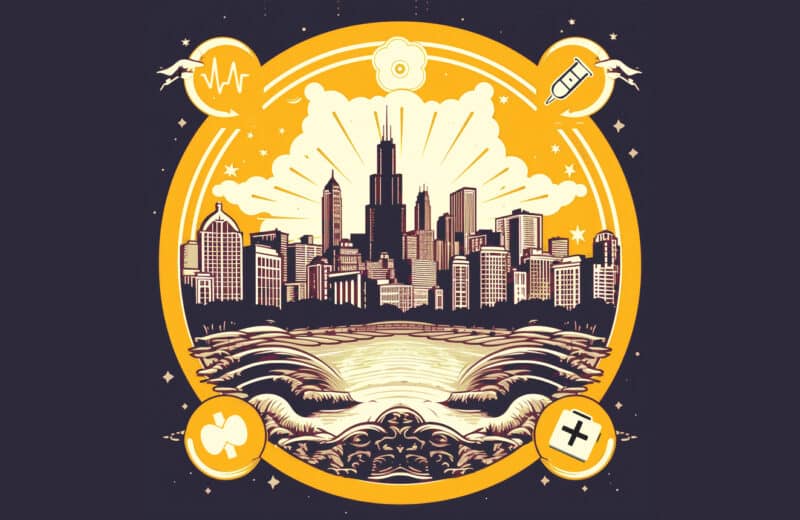Chicago Health is committed to publishing a diversity of opinions. The opinions expressed in this op-ed article are the author’s own.
As a physician who works primarily with patients with disability, that is, with those who are at greatest risk to be pushed toward physician-assisted suicide, I feel compelled to respond to the article “Death with Dignity” in the Fall 2021/Winter 2022 issue of Chicago Health.
This article quotes the one-sided view of Compassion & Choices and the Illinois End of Life Options Coalition. This is dangerous.
Compassion & Choices, which grew out of the Hemlock Society, has been reworking their messaging for years, including the recent and largely successful effort to replace Jack Kevorkian with Brittany Maynard as the symbol of their movement, but the objective has always been the same: legalizing physician-assisted suicide, but under a different name.
They use a variety of terms: “medical aid in dying,” “death with dignity,” and “compassionate choice.” They have learned to be careful not call it suicide, but suicide it is — as it is the intentional oral consumption of an overdose of medications specifically to end one’s own life.
Why does giving terminally ill individuals like Brittany Maynard the legal right to involve a physician to aid in their suicide pose a threat to individuals like my patients who have disabilities? People with disabilities are often the fiercest opponents of the legalization of assisted suicide and euthanasia because they understand that having those options on the table creates financial and social pressures that devalue their lives. Advocacy groups like Not Dead Yet have consistently opposed these laws for precisely that reason.
If insurance companies deny or delay processing of medical claims for expensive treatments, it may be enough to coerce a patient to “choose” physician-assisted suicide so their families do not have to face the expense of more appropriate, but expensive, life-saving or life-extending treatments.
Another concern is that individuals facing a long or difficult course of illness may be pressured by family members to end their own lives to limit any inconvenience to family members, that is to avoid being a burden. Any proposed physician-assisted suicide law needs to account for perverse incentives.
But the legal rules and safeguards around physician-assisted suicide are always at risk of being challenged and broken down. Just this past year, California loosened some of its restrictions. Originally, individuals had to make two oral requests for the aid-in-dying prescription at least 15 days apart and sign a legal attestation before taking the drugs. The revised rule drops the waiting period to two days and eliminates the form. Both of these requirements were initially put in place as safeguards but have now been eliminated as barriers.
Compassion & Choices argues that patients need legislation to support medical aid in dying. But no one needs suicide. And there is no reason to fear uncontrolled pain. With appropriate hospice and palliative care, people with a terminal illness do not need to suffer needless physical pain, as controlling pain is the duty and responsibility of the hospice team.
Compassion & Choices and other aligned organizations argue that suicide is a private act that enhances personal dignity. However, suicide never solves anyone’s problems. It passes pain and suffering onto others. No one kills himself or herself without affecting other people. This is why suicide has always been discouraged. It permanently damages families, relationships, and communities.
Our communities rightly fund suicide-prevention efforts. We need to fight suicide in all forms, not encourage it with sugarcoated terminology.












